Decarbonizing India’s Textile Industry
A US$6 Billion climate finance opportunity
A US$6 Billion climate finance opportunity
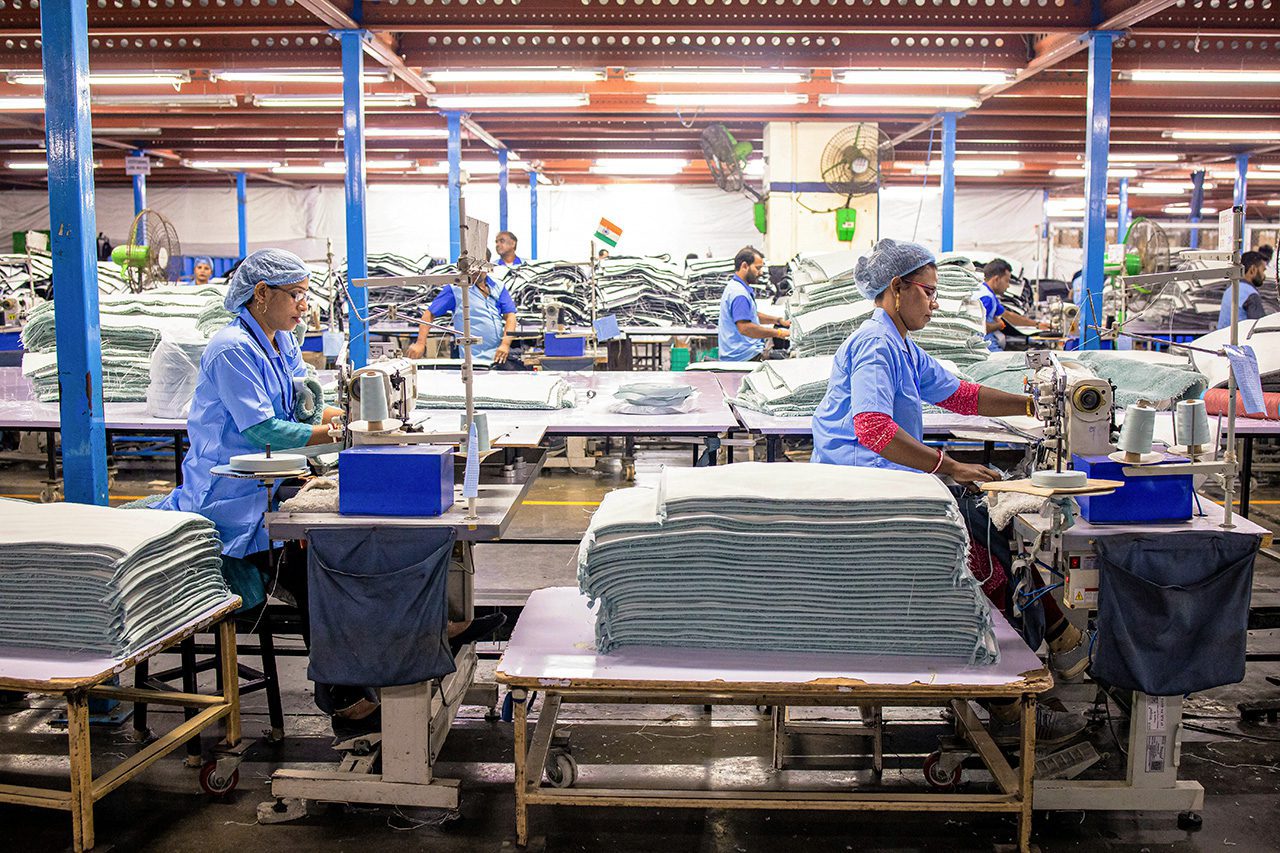
Last fall, nearly 200 nations came together for UNFCCC COP29 in Baku, Azerbaijan, to discuss how we can align climate finance contributions with proposed action — particularly in emerging markets where there is an estimated need of US$2.8 trillion a year by 2030 to become low-carbon economies. However, 2024’s “finance COP” ended with a fizzle, with a $300 billion a year deal, criticized by many as being inadequate.
As one of the world’s largest economies, India has made commendable progress in its sustainability journey. India has implemented policy measures to encourage renewable energy installation and generation, including economic benefits in terms of subsidies, improvements to administrative processes, and incentives for the domestic production of solar technologies. In 2022, a legislative amendment to the Energy Conservation Act mandated the use of non-fossil energy sources in industries, including textiles. Investment in renewable energy projects in India continues to grow, and is projected to increase by over 83% to around US$16.5 billion in 2024. However, this only represents approximately 25% of the total investment needed across sectors to meet the country’s current climate targets and support Sustainable Development Goal (SDG) 7 — affordable and clean energy.
As a leader in global manufacturing, India’s industrial sector accounts for about 25% of the nation’s carbon footprint, and the textile and apparel industry ranks among the highest carbon-emitting industries in the country. This presents both a challenge and an opportunity. With the right financing, manufacturing — specifically in the textile and apparel sector — can play a key role in meeting India’s climate targets, including its commitment to reduce emissions intensity of GDP by 45% by the end of the decade.
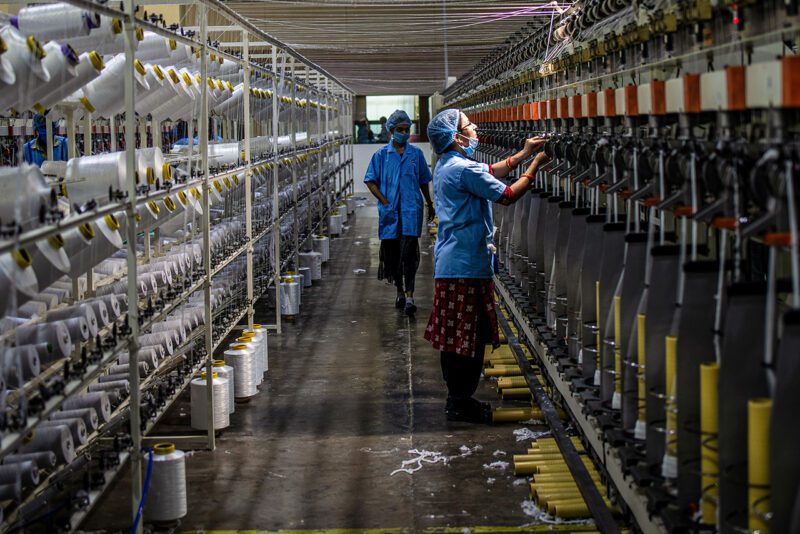
Decarbonizing India’s textile sector, in line with SDG12 — responsible production and consumption — will also deliver wider environmental and social benefits for Indian citizens, such as reduced air pollution and more sustainable water use, and help to support a just transition by securing the livelihoods of the 45 million people currently employed by the textile and apparel industry.
We also know that the costs and risks of continuing with business as usual are only increasing. Sustainability regulations are tightening globally, with frameworks like the GHG Protocol’s Scope 3 Standard and the European Union Carbon Border Adjustment Mechanism fundamentally shifting market dynamics. The demand for high-emissions products is declining globally, and countries and manufacturers that delay decarbonization efforts will inevitably face reduced market relevance and risk losing market share.
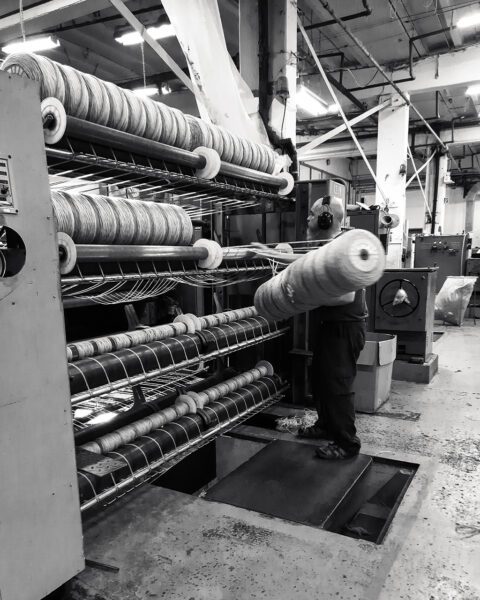 As the fourth-largest exporter of textiles and apparel, with a rapidly growing market for energy efficiency and renewable energy, India has the potential to lead decarbonization interventions in the sector and become one of the first countries to meet the UNFCCC Fashion Charter’s goals of halving emissions from the apparel sector by 2030. This is an opportunity for India to set a global standard for sustainable manufacturing and further maintain its standing as a leader in the textile and apparel sector.
As the fourth-largest exporter of textiles and apparel, with a rapidly growing market for energy efficiency and renewable energy, India has the potential to lead decarbonization interventions in the sector and become one of the first countries to meet the UNFCCC Fashion Charter’s goals of halving emissions from the apparel sector by 2030. This is an opportunity for India to set a global standard for sustainable manufacturing and further maintain its standing as a leader in the textile and apparel sector.
However, to achieve this, US$6.5 billion in investment will be required, according to the Landscape and Opportunities to Finance the Decarbonization of India’s Apparel Manufacturing Sector report, authored by Apparel Impact Institute (Aii) and Development Financial International.
Encouragingly, the report finds US$2.5 billion in financing is already available to decarbonize the textile and apparel industry in India. This capital comes from validated credit lines and support from international financial institutions, governments, and non-governmental organizations (NGOs) reflecting the availability of innovative financing models, as well as India’s existing success in identifying green capital. Blended finance mechanisms can help to bridge this remaining US$4 billion financing gap. By blending public and private capital, we can reduce risks for investors and improve the affordability of decarbonization investments for manufacturers.
However, coordinating these efforts is time and resource intensive and may ultimately dissuade suppliers from pursuing decarbonization projects. By working across the value chain from brands to suppliers, governments, financiers, third party organizations can expedite the transition to a zero-carbon fashion industry.
For example, there are currently four Aii Climate Solutions Portfolio (CSP) programs in India, enabling manufacturers to implement effective solutions that reduce energy demand, emissions, and waste. This includes everything from technologies that help optimize energy usage to heat pump innovations, with the potential to prevent up to 21% of emissions.
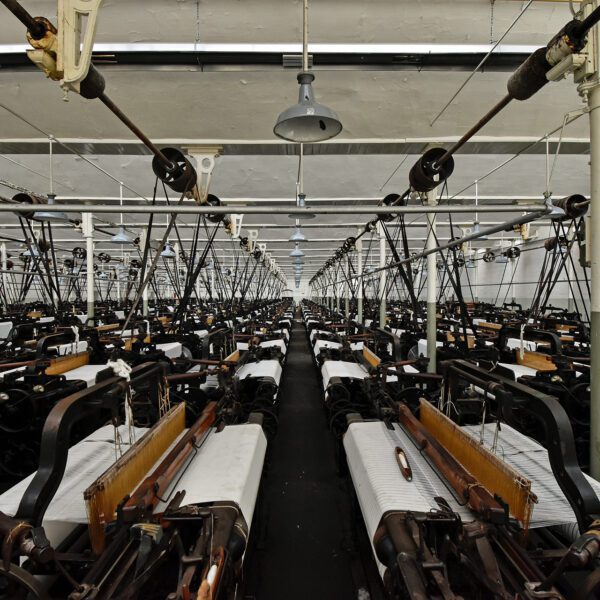
Most recently, Aii funded Pozzi, a leading textile machinery manufacturer, to conduct feasibility studies and provide implementation support for heat recovery systems combined with heat pumps across 15 facilities, including five in India. This initiative could potentially save over 20,500 tons of CO2 emissions in just its first year.
Financing for these solutions aim not only to strengthen businesses with increased resilience and sustainability, but also improve the daily lives of India’s citizens, as decarbonization and efficiency building delivers cleaner air and water in manufacturing hubs.
By working across the value chain from brands to suppliers, governments, financiers, third party organizations can expedite the transition to a zero-carbon fashion industry.
Financial institutions and lenders also play a crucial role in providing accessible financing to enable the capital flows required for these decarbonization initiatives. With US$2.5 billion in financing for solutions already available, engaging with financial institutions and governments offers a critical pathway to access funds, expertise, and networks necessary for large-scale decarbonization. Initiatives like the Pozzi program are just scratching the surface of what can be done in India with more financing.
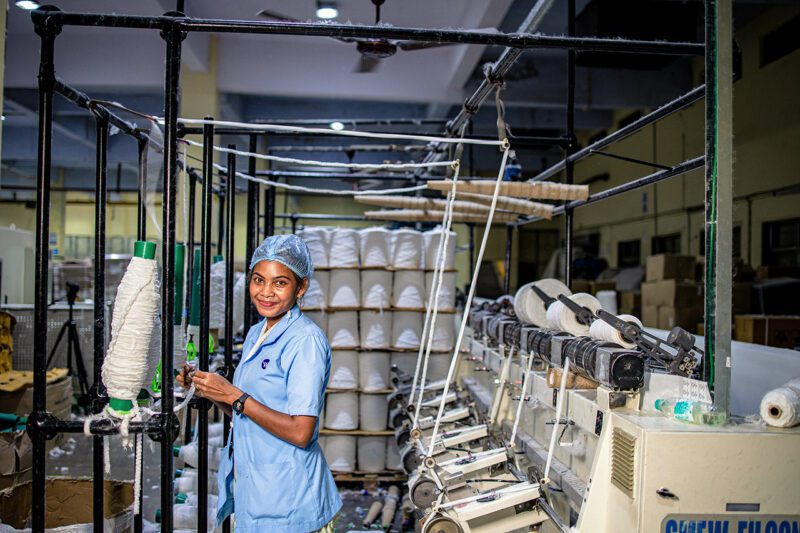
To bridge this US$4 billion gap and actualize the potential of India’s decarbonized textile and apparel sector, we call upon all funders — public, private, and philanthropic — to further increase their climate funding and disbursements to local financial institutions; explore alternative instruments and approaches, such as concessional and blended financing; and collaborate with other organizations to make the financing landscape more accessible and affordable to smaller borrowers and manufacturers. We call upon manufacturers who are facing financial constraints and have limited access to the necessary technology to leverage resources like the Climate Solutions Portfolio, or technical advocacy groups like BluWin both with extensive footprints across South Asia.
Now is the moment for bold investments that will showcase India’s leadership in environmental sustainability and sustainable development.
Related Content
Comments
Deep Dives
RECENT
Editor's Picks
Webinars

Featuring
Elizabeth Boggs Davidsen
CEO of GSG Impact
May 8 - 12:00 PM EST
News & Events
Subscribe to our newsletter to receive updates about new Magazine content and upcoming webinars, deep dives, and events.
Become a Premium Member to access the full library of webinars and deep dives, exclusive membership portal, member directory, message board, and curated live chats.
At Impact Entrepreneur, we champion fearless, independent journalism and education, spotlighting the inspiring changemakers building the Impact Economy. Diversity, equity, sustainability, and democracy face unprecedented threats from misinformation, powerful interests, and systemic inequities.
We believe a sustainable and equitable future is possible—but we can't achieve it without your help. Our independent voice depends entirely on support from changemakers like you.
Please step up today. Your donation—no matter the size—ensures we continue delivering impactful journalism and education that push boundaries and hold power accountable.
Join us in protecting what truly matters. It only takes a minute to make a real difference.
0 Comments